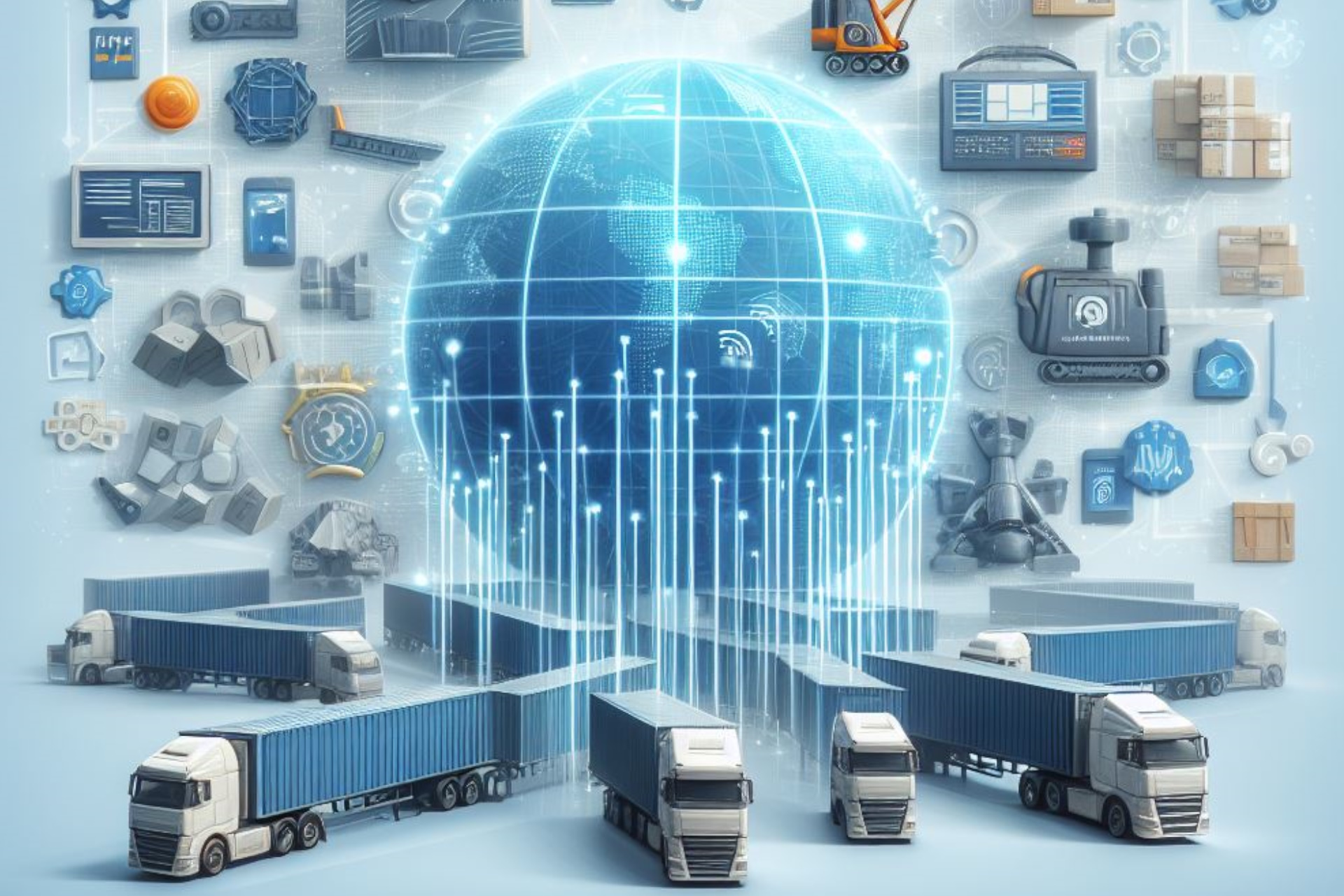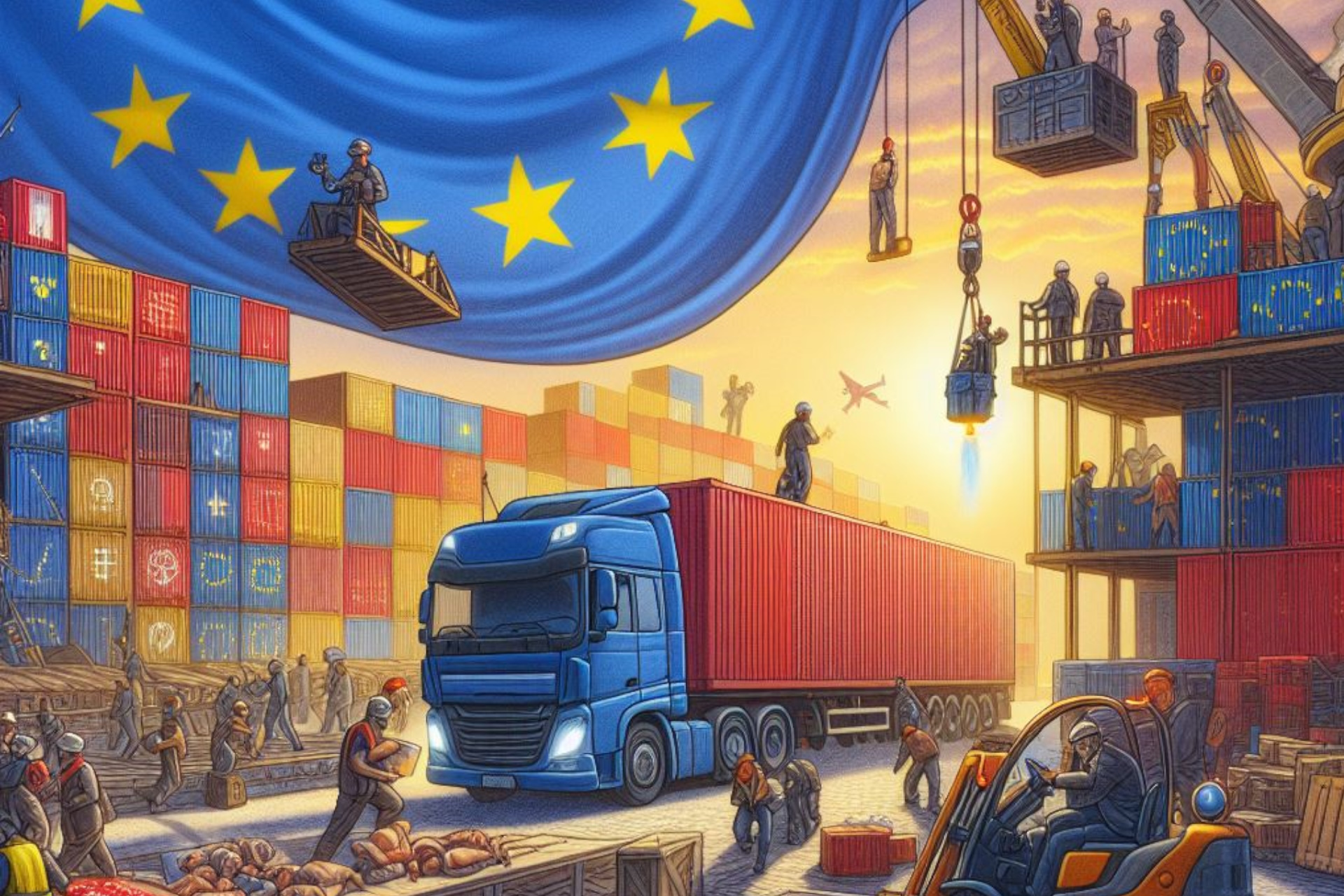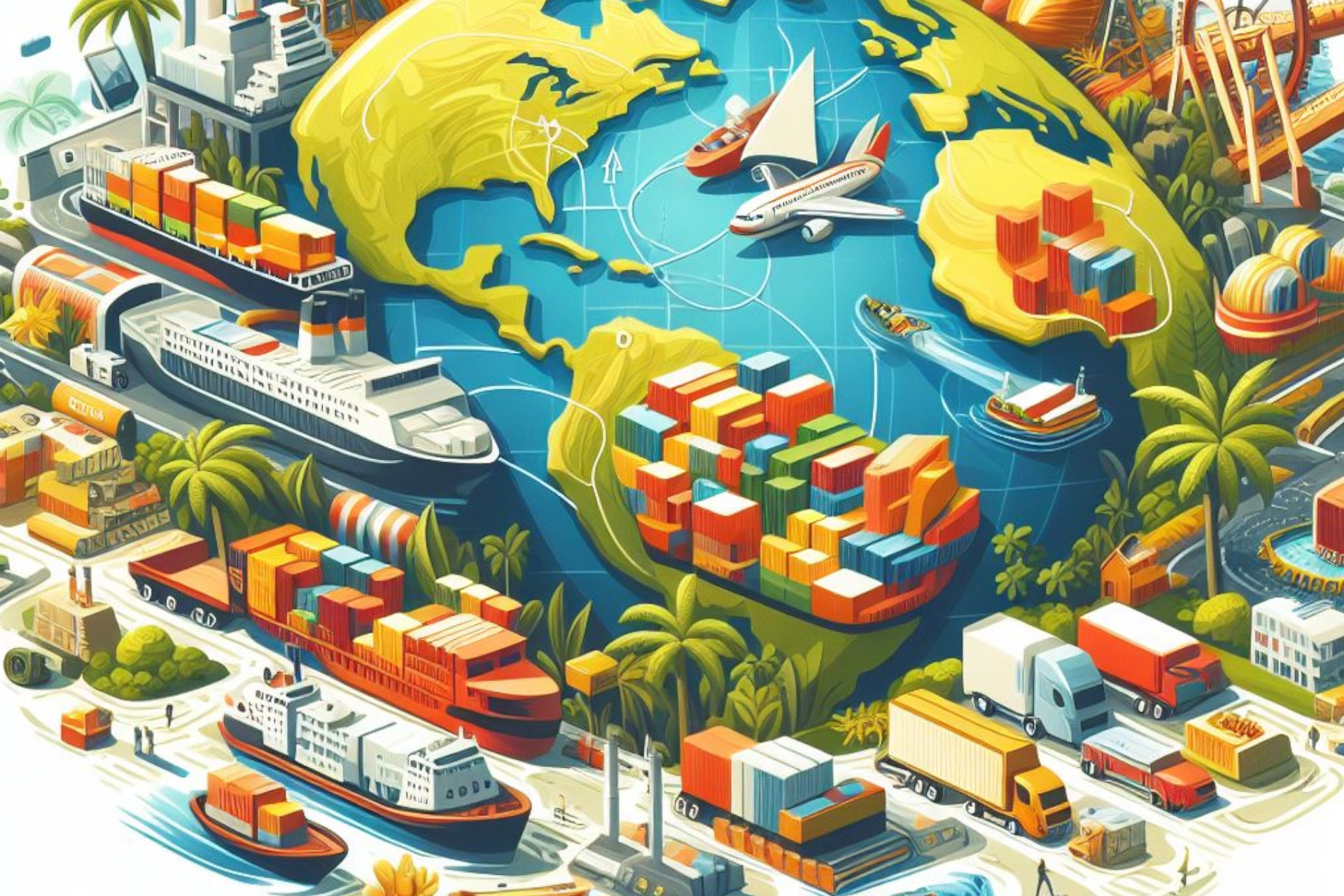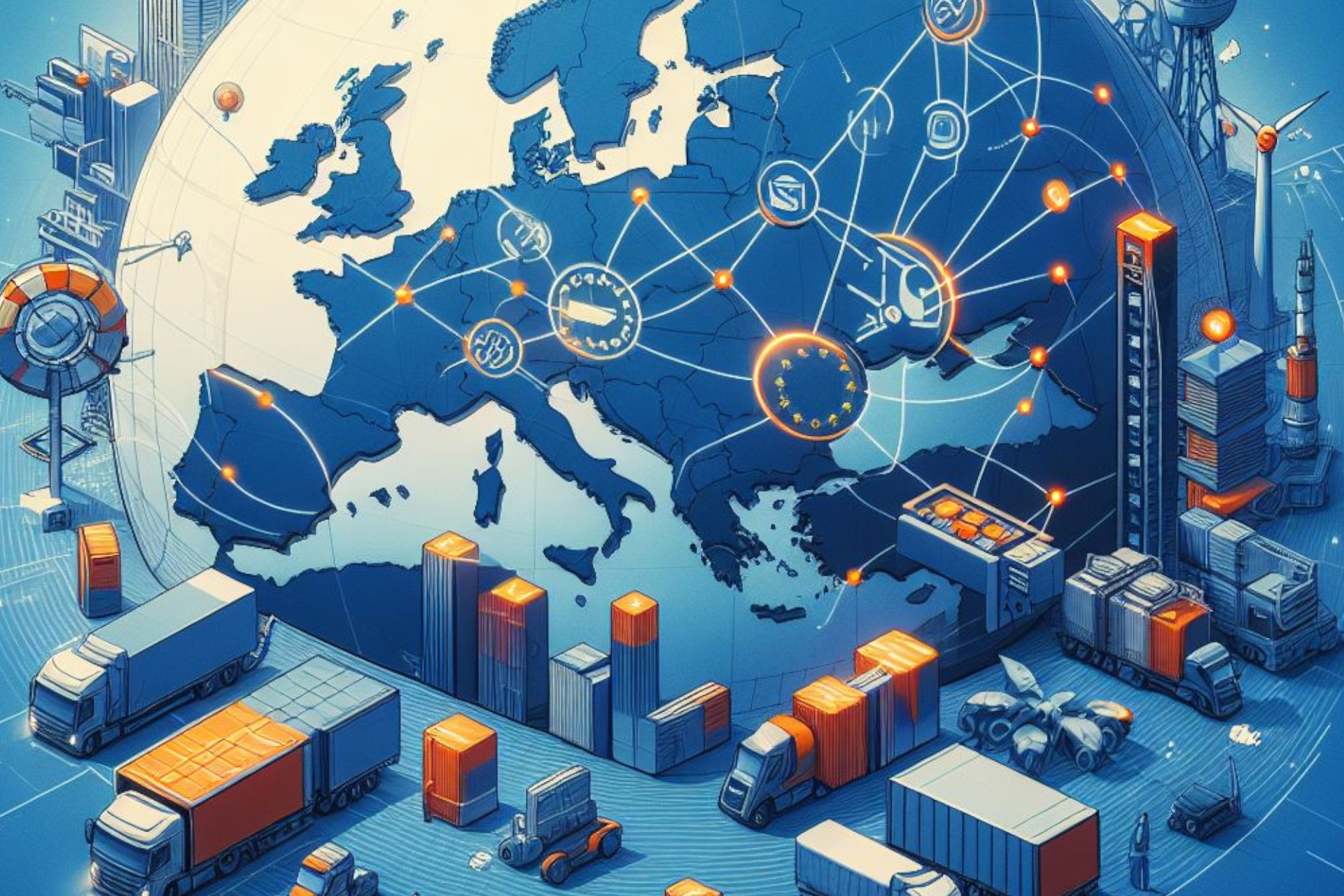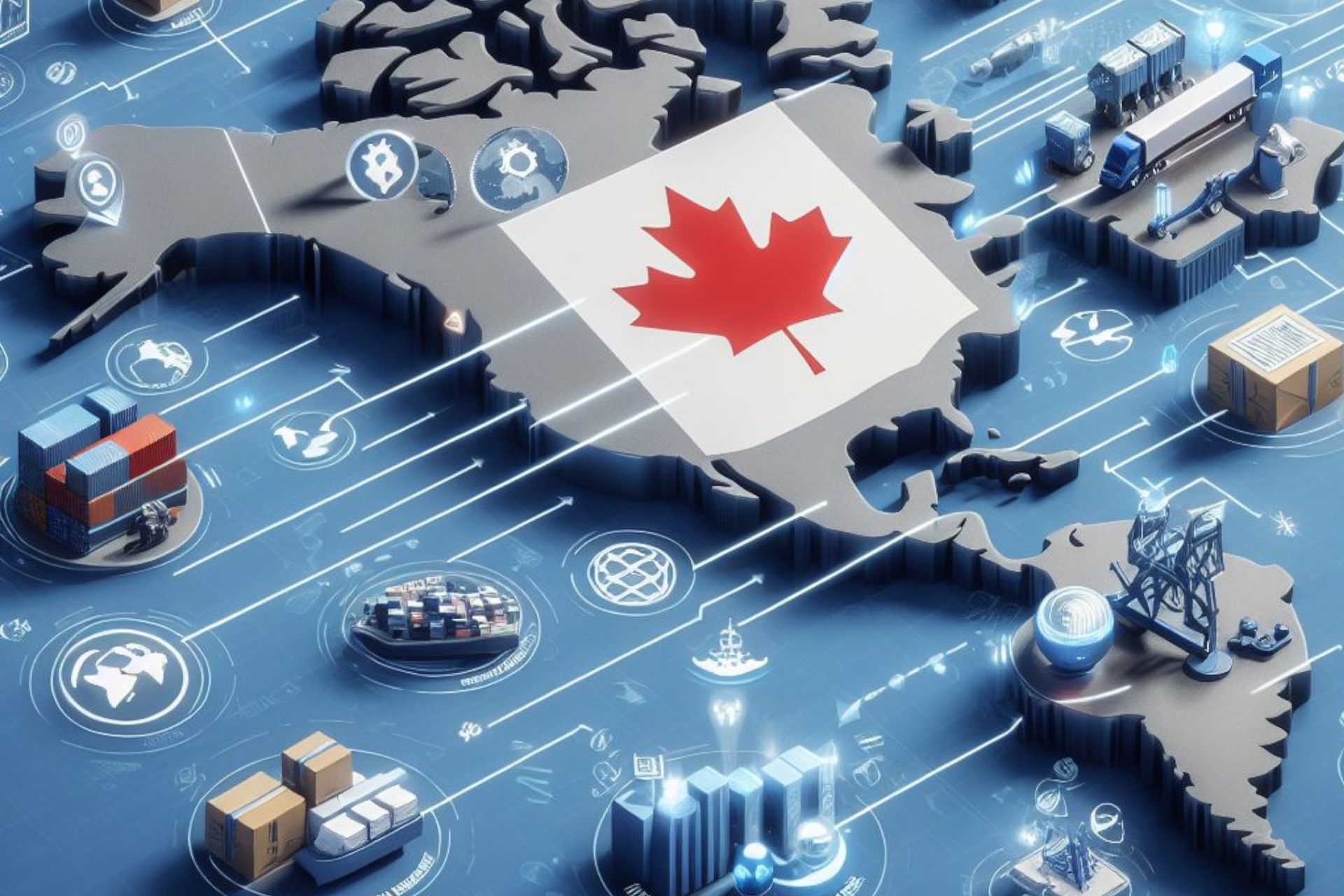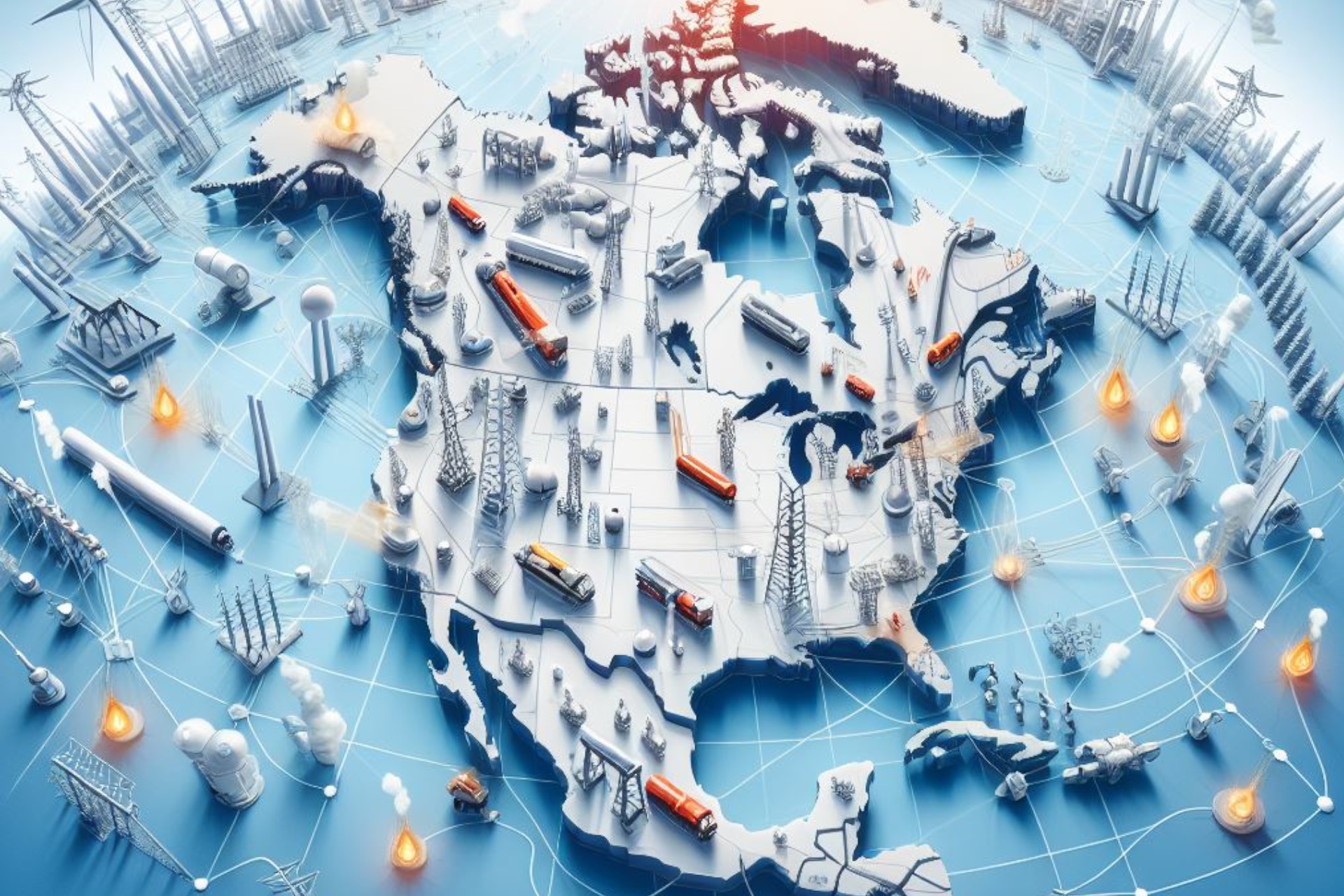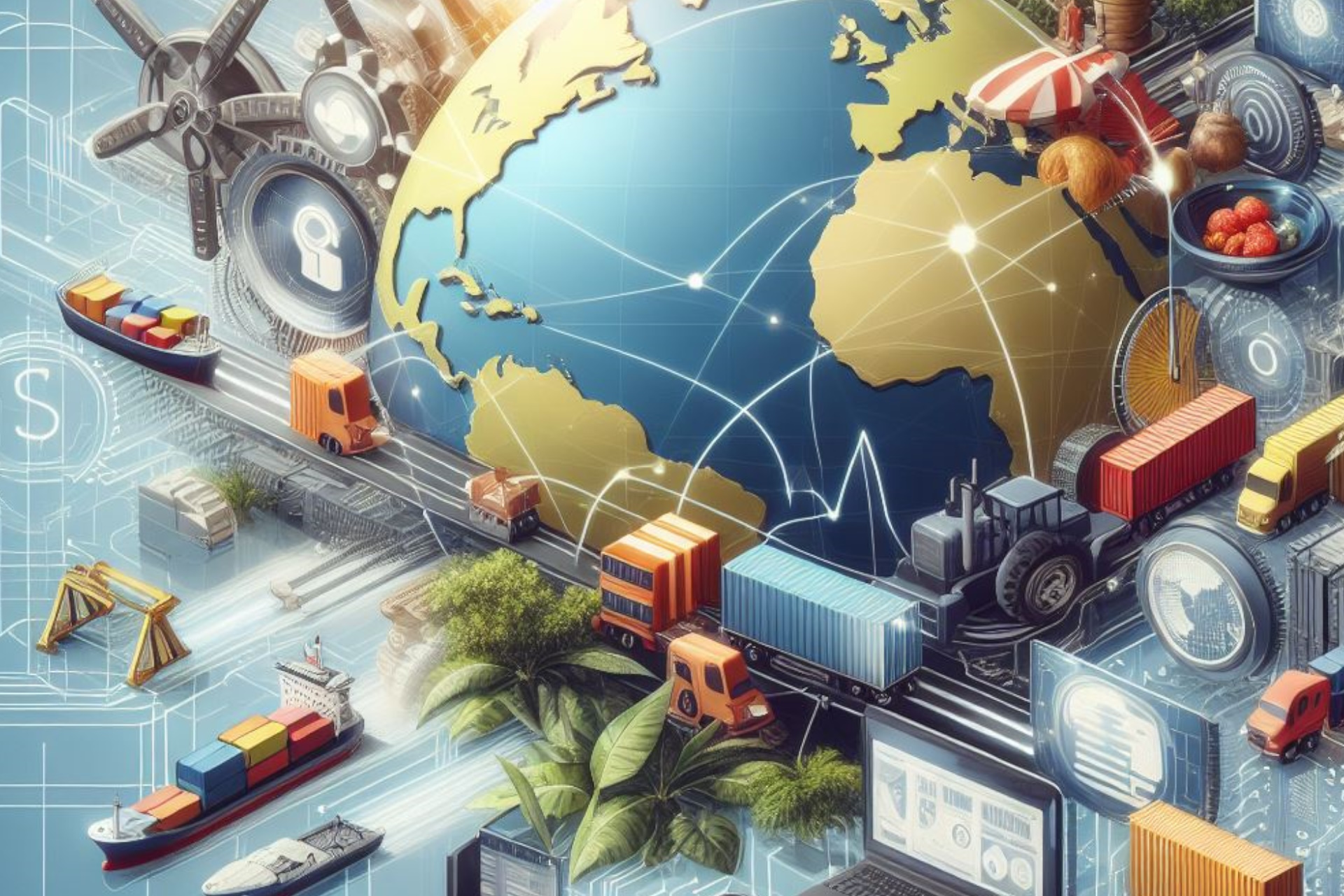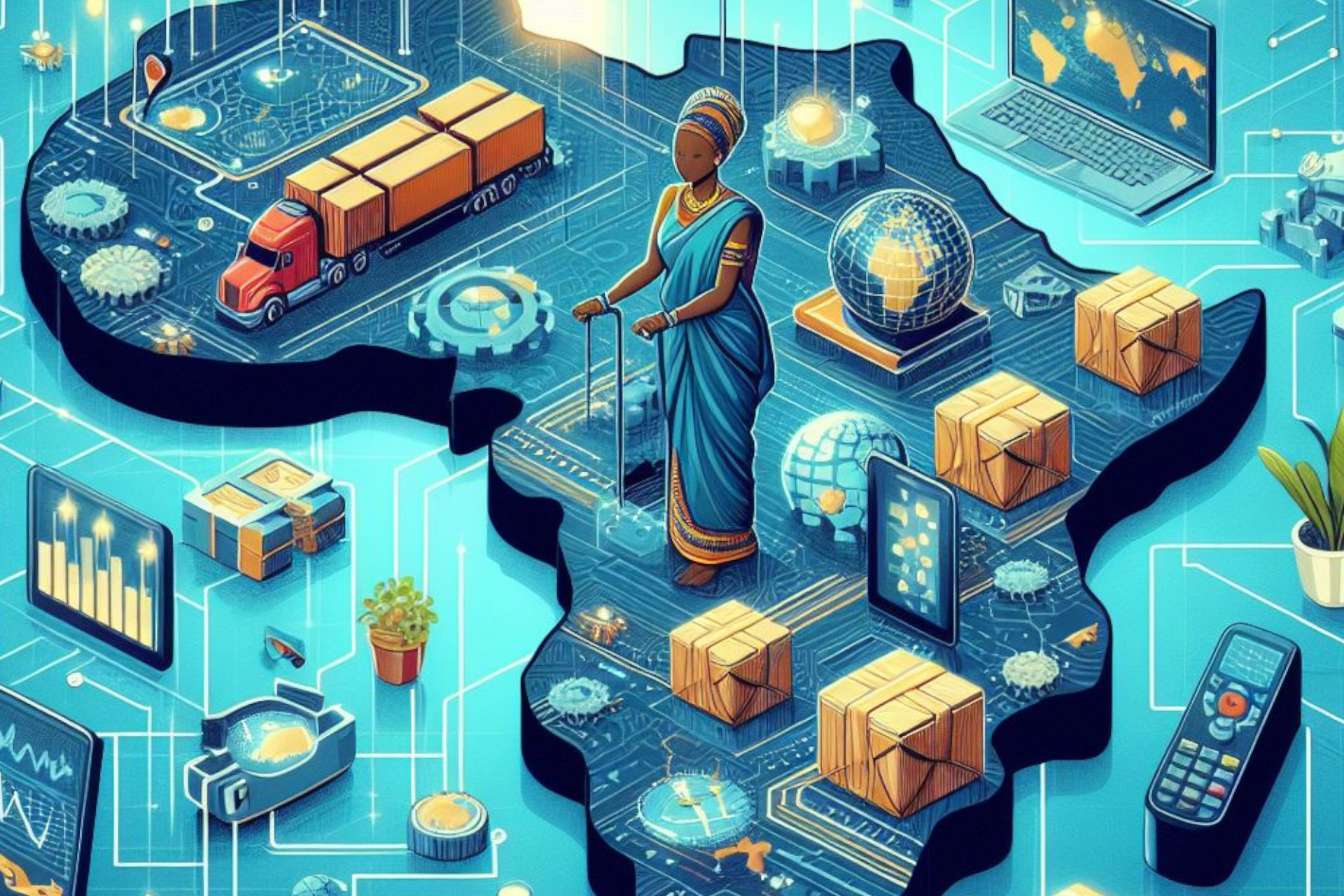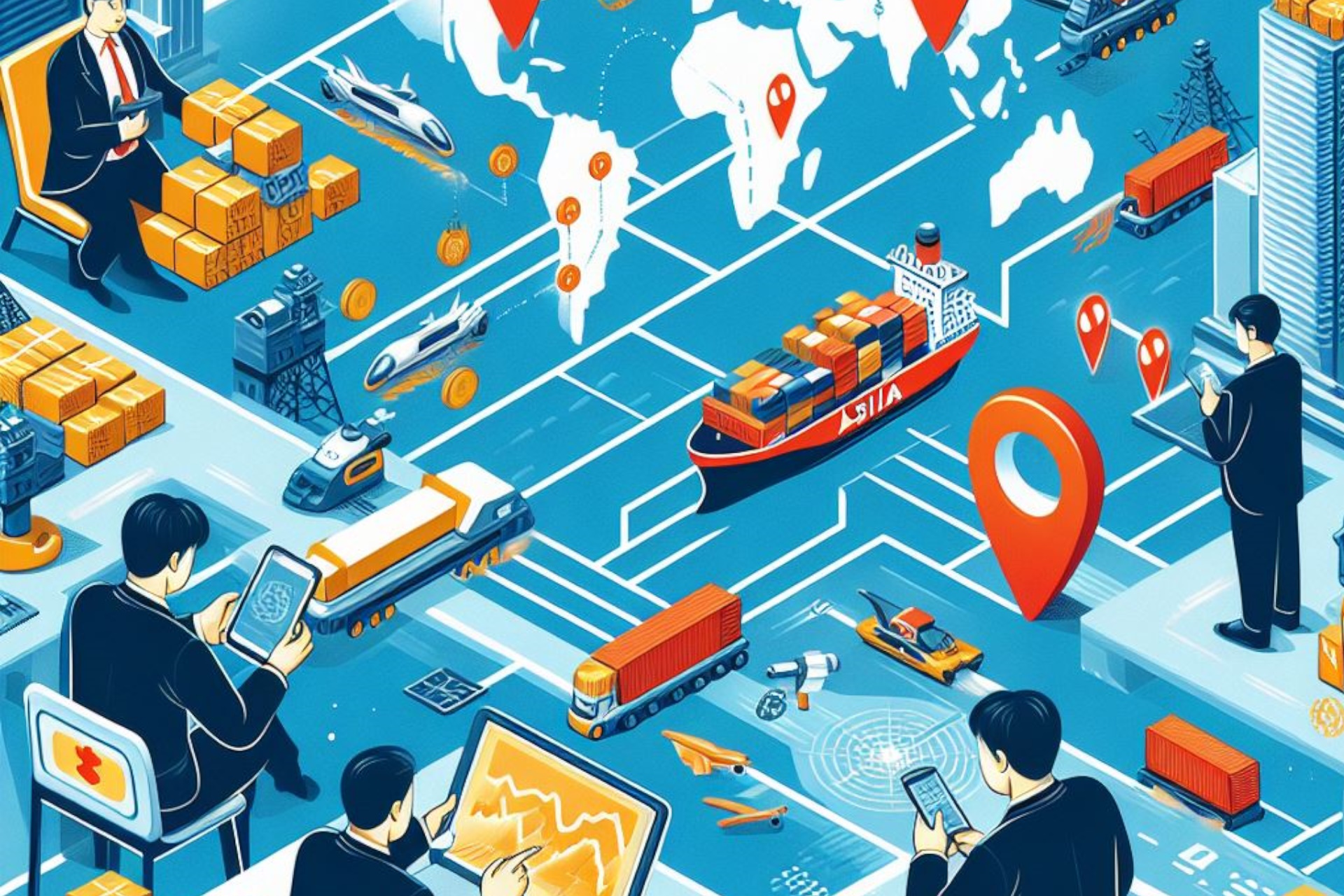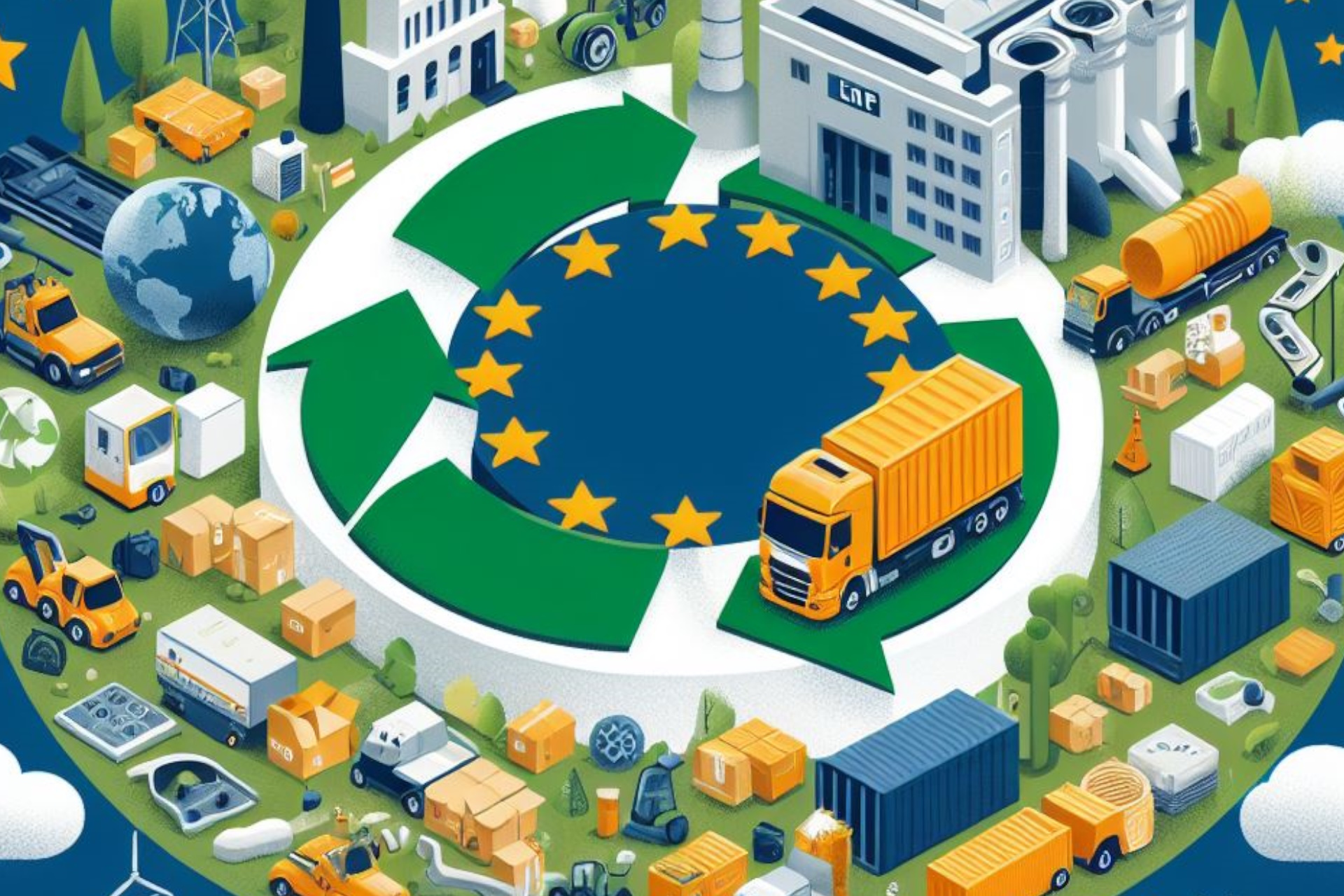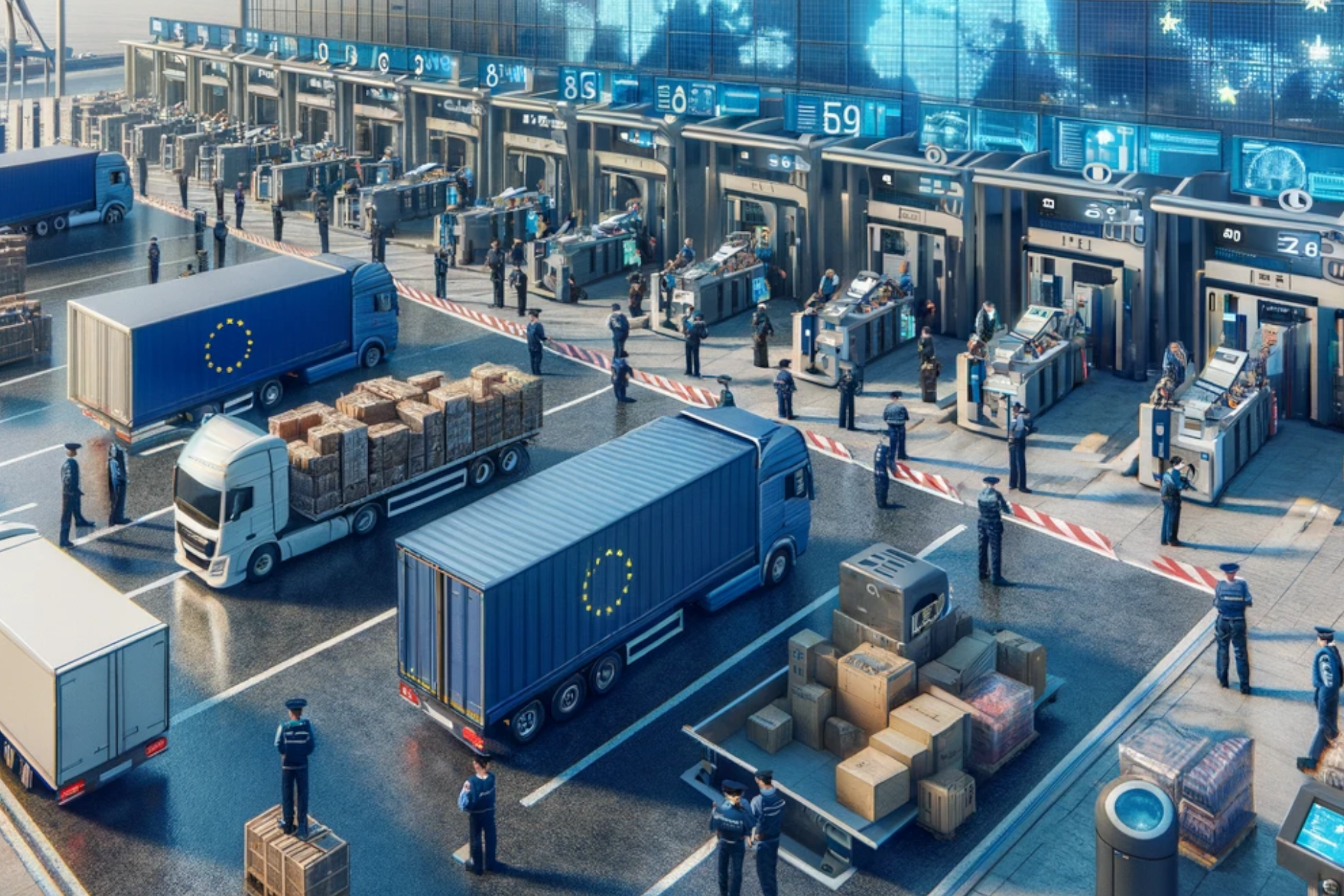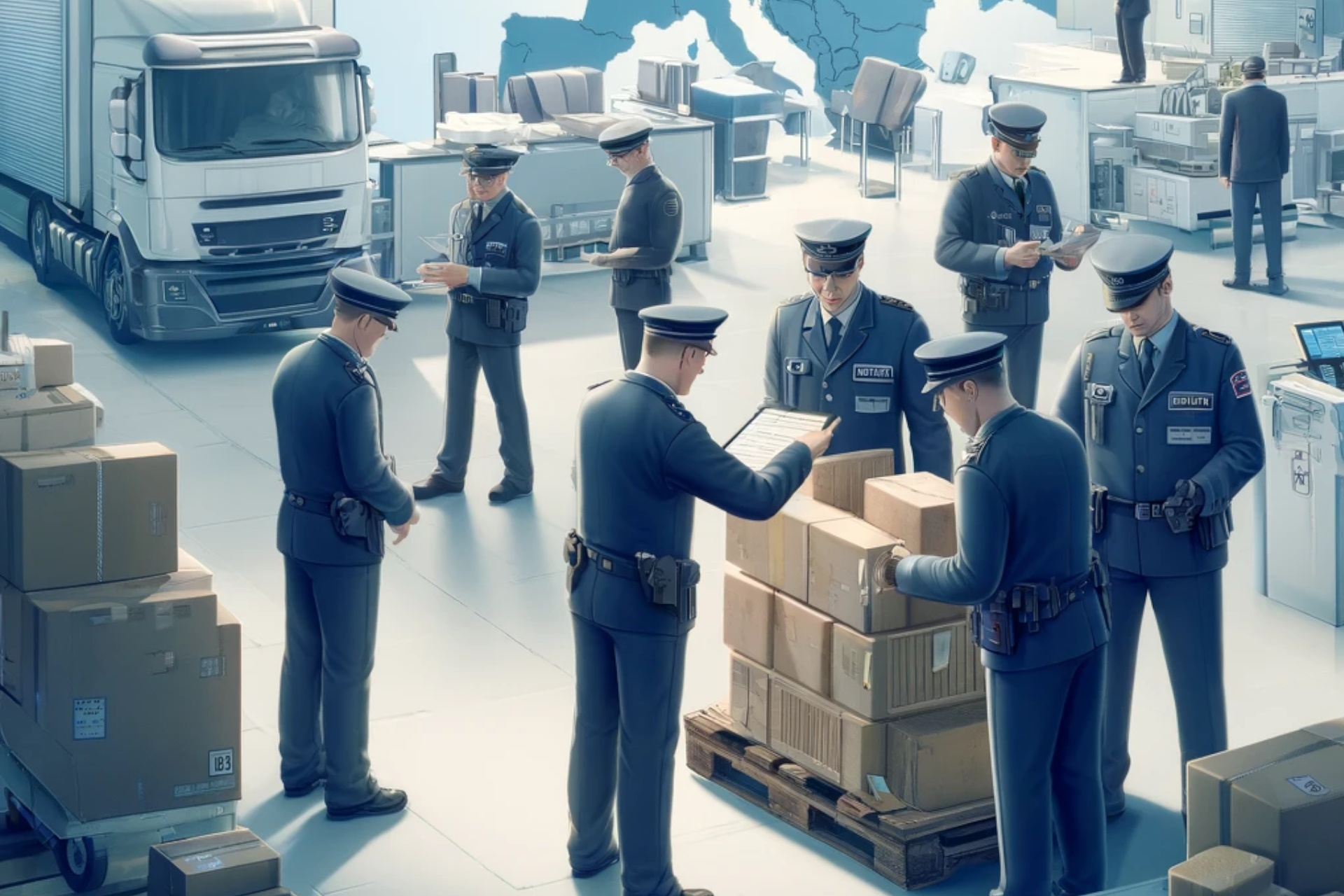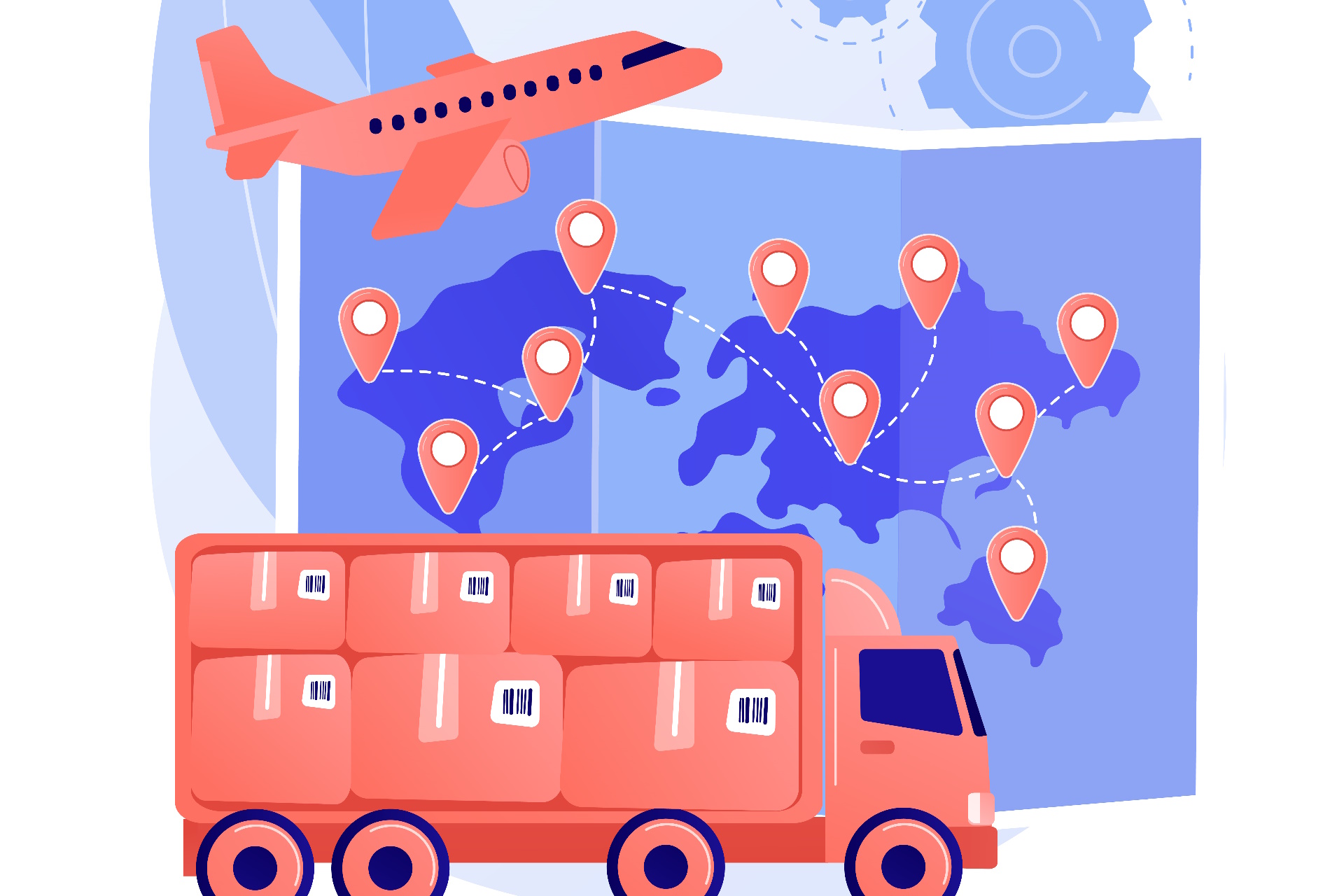E-commerce has transformed international trade by expanding market access, streamlining transactions, enhancing consumer choices, and creating new opportunities for businesses of all sizes. However, challenges related to trust, consumer protection, the digital divide, and cybersecurity need to be addressed to ensure the sustainable and inclusive growth of e-commerce. With the right policies, infrastructure, and collaboration, e-commerce can continue to drive global trade, foster entrepreneurship, and empower consumers in an increasingly interconnected world.
Expanding Market Access
E-commerce has opened up new avenues for businesses to reach global markets. With a few clicks, small and medium-sized enterprises (SMEs) can now access a global customer base that was once only accessible to multinational corporations. Online platforms provide a level playing field, enabling businesses of all sizes to showcase their products and services to a worldwide audience. This expanded market access has empowered entrepreneurs and facilitated the growth of cross-border trade, driving economic opportunities and job creation.
Streamlined Cross-Border Transactions
Traditional international trade has often been hindered by complex and time-consuming processes related to customs, logistics, and payments. E-commerce has streamlined these transactions, making cross-border trade more efficient and accessible. Online marketplaces often provide integrated logistics solutions, allowing businesses to easily ship products to customers around the world. Payment gateways and digital currencies facilitate secure and seamless transactions, overcoming the barriers of different currencies and payment systems. This simplification of processes has encouraged greater participation in international trade and fueled its growth.
Enhanced Consumer Choices and Experiences
E-commerce has empowered consumers by providing them with a vast array of choices and personalized shopping experiences. With access to global marketplaces, consumers can explore products from different countries and compare prices and reviews before making a purchase. The convenience of online shopping, with options for home delivery and easy returns, has transformed the way people shop. E-commerce has also enabled direct communication between businesses and consumers, allowing for personalized customer service and targeted marketing, enhancing the overall shopping experience.
Challenges of Trust and Consumer Protection
While e-commerce has brought numerous benefits, it also poses challenges related to trust and consumer protection. With online transactions, there is an inherent need for trust between buyers and sellers. Building trust can be particularly challenging for cross-border transactions, where buyers may have concerns about product quality, authenticity, and delivery. Consumer protection regulations and mechanisms need to keep pace with the evolving landscape of e-commerce to ensure fair and secure transactions. Additionally, businesses need to invest in cybersecurity measures to protect customer data and maintain trust in online transactions.
Digital Divide and Inclusive Participation
One of the challenges of e-commerce in international trade is the digital divide that exists between countries and communities. Limited access to the internet, lack of digital infrastructure, and inadequate digital literacy can create barriers to participation in e-commerce. Bridging this divide is crucial to ensure inclusive and equitable participation in the benefits of e-commerce and global trade. Efforts are needed to promote digital inclusion, enhance digital skills, and provide support to SMEs and entrepreneurs to leverage the potential of e-commerce for their businesses.
Related Information


